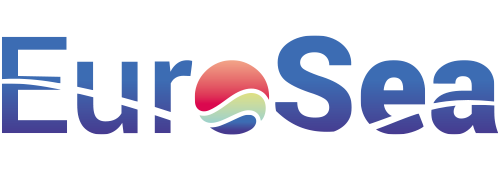
Description
The Marine Strategy Framework Directive (MSFD) requires European Union member states to achieve Good Environmental Status (GES) of their marine waters by 2020. Biological networks are integral in this endeavour, offering comprehensive datasets and monitoring capabilities. An in-depth assessment of these networks, accompanied by a strategic mapping exercise, will highlight their significance and provide insights into gaps, overlaps, and opportunities.
Impact During the Project
Comprehensive Understanding: The mapping exercise offers a holistic view of the current BioEco networks in Europe, showcasing their distribution, focus, and capacity.
Gap Identification: By visualizing the current landscape, gaps in the BioEco network supporting the MSFD can be identified, guiding future strategies and investments.
Quantitative Growth: The ability to measure the number of new bioeco networks identified showcases the initiative’s effectiveness in broadening the biological observation scope.
Impact Post Project
Network Sustenance: The mapping and assessment exercise not only identifies but can lead to the strengthening and sustenance of BioEco networks in Europe.
Policy Integration: The assessment can potentially inform policy-making, ensuring that BioEco networks are effectively aligned with MSFD objectives and the broader goal of achieving GES.
Awareness and Alignment: By visualizing and understanding the scope of BioEco networks, there’s potential for improved alignment between MSFD and international indicators, leading to coordinated efforts in marine conservation.
Support Mechanisms: An increase in the visibility and recognition of BioEco networks could lead to improved financial, technical, and infrastructural support, ensuring their continued growth and effectiveness.
Advancement over and above State of the Art
Comprehensive Mapping: Unlike sporadic or localized efforts, this initiative offers a pan-European assessment of BioEco networks, providing a unified picture of the current landscape.
Focused on MSFD: While various biological networks might exist, focusing on their alignment and support for the MSFD is crucial for the directive’s success and marine conservation in Europe.
Guided Growth: The assessment acts as a roadmap, guiding the establishment of new networks in identified gap areas, ensuring strategic growth rather than arbitrary expansion.
Policy and Network Synergy: The effort recognizes the symbiotic relationship between conservation directives like MSFD and biological networks, working to align the two for maximum impact.
In summary, this initiative offers a significant advancement by providing a consolidated view of BioEco networks in Europe, understanding their capacity and gaps, and ensuring their alignment with conservation objectives. It moves beyond mere identification to strategy, aiming for the effective growth, sustenance, and utility of these networks in marine conservation.
Links and References
Link to D3.18 – Observing Networks final Assessment: https://eurosea.eu/download/eurosea_d3-18_observing_networks_final_assessment/?wpdmdl=5553&refresh=650197c7e33911694603207
